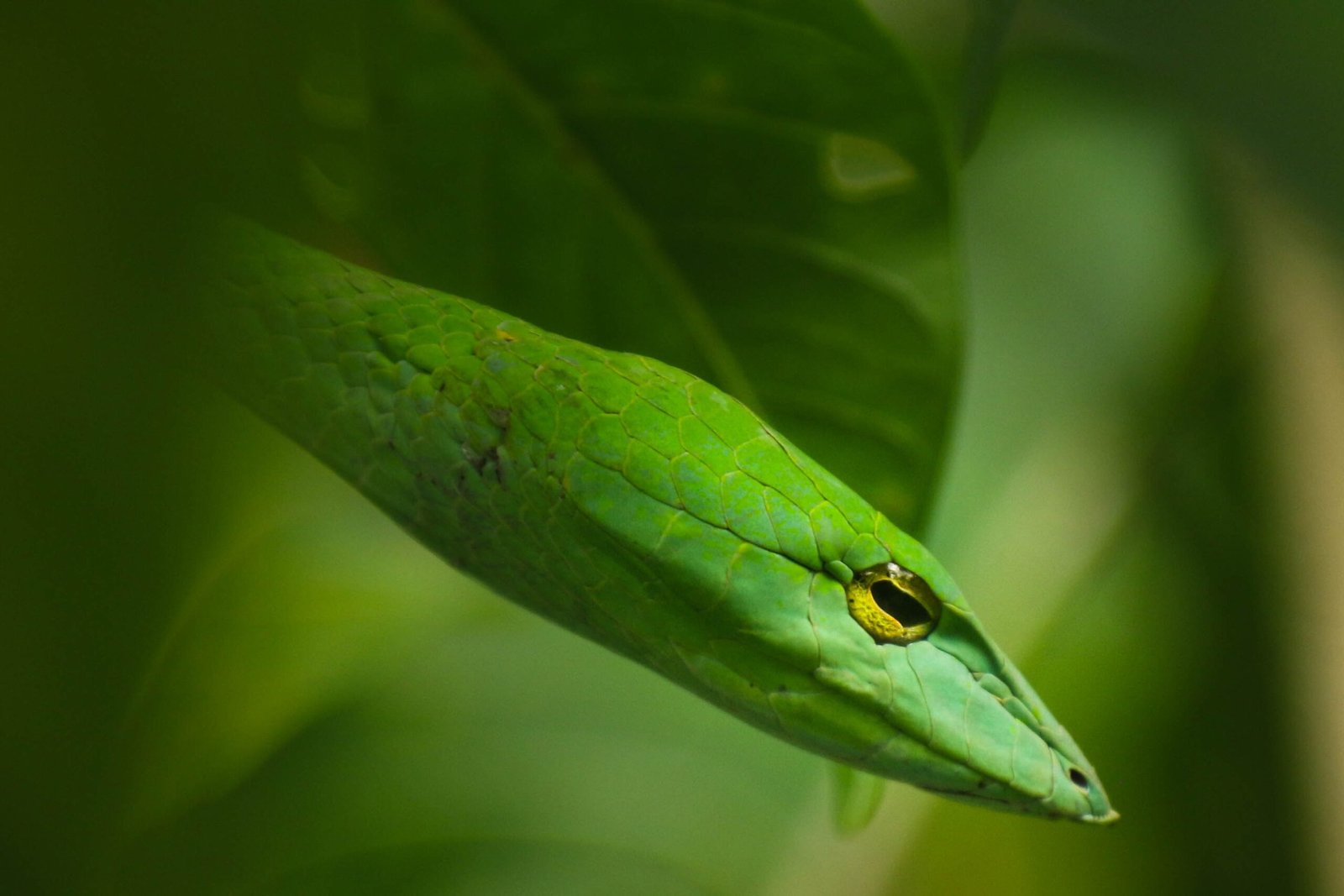Imagine a world where reptiles, those majestic creatures that have roamed the Earth for millions of years, are facing imminent danger. In this article, we will examine the challenges and threats that have led to the dwindling numbers of reptiles and the urgent need for their conservation. From habitat destruction to illegal trade, these fascinating creatures, including snakes, turtles, and lizards, are in peril. Join us as we explore the critical situation of reptiles en peligro, uncovering the actions we can take to protect them and ensure their survival for generations to come.
Reptiles en Peligro
Deforestation and Habitat Loss
One of the biggest threats facing reptiles today is deforestation and habitat loss. Rapid urbanization and industrialization have led to the clearing of vast areas of land for agricultural purposes and infrastructure development. As a result, the natural habitats of many reptile species have been destroyed or fragmented, leaving them with limited resources and putting them at risk of extinction. Deforestation not only reduces the available space for reptiles to live and reproduce but also disrupts the delicate balance of ecosystems they rely on for survival.
Illegal Wildlife Trade
The illegal wildlife trade is a multi-billion-dollar industry that poses a significant threat to reptiles’ conservation. Reptiles are often sought after for their exotic appearance, unique characteristics, and their potential to be used in traditional medicine. This demand fuels illegal hunting, trapping, and smuggling of reptiles, leading to their rapid decline in many parts of the world. The trade often involves cruel and inhumane treatment of the animals, further exacerbating their endangered status.

Climate Change and Global Warming
Climate change and global warming have far-reaching consequences for reptiles. Reptiles are ectothermic, meaning they rely on external sources of heat to regulate their body temperature. As global temperatures continue to rise, reptiles are facing challenges in maintaining their preferred body temperature, which affects their metabolism, reproduction, and overall survival. Additionally, changes in precipitation patterns and extreme weather events can further disrupt their habitats and food availability, pushing many reptile species closer to extinction.
Pollution and Contamination
Pollution, particularly water pollution, poses a significant threat to reptiles. Chemicals and toxins released into rivers, lakes, and oceans can accumulate in the bodies of reptiles through the food chain, causing severe health issues and impairing their ability to reproduce. Pesticides, fertilizers, and industrial pollutants contaminate the water sources reptiles depend on, leading to population decline and adverse effects on their long-term survival.

Invasive Species Threats
Invasive species are non-native species that are introduced into new ecosystems, often unintentionally, and disrupt the natural balance of species interactions. Reptiles have faced increasing threats from invasive predators and competitors that prey on their eggs, juveniles, or outcompete them for resources. These invasive species can have detrimental impacts on native reptiles, pushing them towards extinction by altering their natural habitat and reducing their chances of successful reproduction.
Overexploitation and Hunting
Overexploitation and hunting for reptiles have become major threats to their survival. Some reptiles are hunted for their meat, skins, or body parts, which are valued in the international fashion and traditional medicine industries. Indiscriminate hunting, driven by high demand and inadequate regulations, has led to significant population declines of various reptile species. Unsustainable hunting practices that exceed the species’ capacity to reproduce can push them to the brink of extinction.

Introduced Diseases and Parasites
Introduced diseases and parasites can have devastating impacts on reptiles, particularly when they are introduced to regions where the reptile species have no natural immunity or defenses against them. Reptiles are susceptible to pathogens and parasites that can be transmitted through contact with infected individuals or contaminated environments. These diseases can spread quickly through populations, causing mass mortality and further driving reptiles towards extinction.
Conservation Efforts
Despite the numerous threats facing reptiles, there are ongoing conservation efforts to protect and preserve these fascinating creatures. Conservation organizations and government agencies are working tirelessly to identify endangered reptile species, implement conservation programs, and raise public awareness about the importance of reptile conservation. These efforts include research, habitat restoration, captive breeding programs, and the establishment of protected areas and wildlife sanctuaries.

Protected Areas and Wildlife Sanctuaries
Protected areas and wildlife sanctuaries play a vital role in the conservation of reptiles. These designated areas provide a safe haven for reptiles to live, reproduce, and thrive without the threat of habitat destruction or hunting. By establishing protected areas and wildlife sanctuaries, governments and conservation organizations aim to preserve biodiversity, protect critical habitats, and promote the long-term survival of endangered reptiles.
Education and Awareness Programs
Education and awareness programs are crucial in fostering a sense of stewardship and inspiring action towards reptile conservation. By educating the public about the importance of reptiles in ecosystems, their vulnerable status, and the threats they face, these programs aim to promote a greater understanding and appreciation for reptiles. They also encourage individuals to make informed choices and engage in practices that help conserve reptiles and their habitats, such as responsible pet ownership and sustainable tourism.
In conclusion, reptiles are facing numerous threats that put them at risk of extinction. Deforestation, illegal wildlife trade, climate change, pollution, invasive species, overexploitation, introduced diseases, and habitat loss all contribute to their decline. However, through ongoing conservation efforts, the establishment of protected areas and wildlife sanctuaries, and education and awareness programs, there is hope for the survival and preservation of these remarkable creatures. It is crucial that we recognize the role reptiles play in ecosystems and take action to ensure their continued existence for future generations to appreciate and enjoy. Let us work together to protect and conserve our reptilian friends.

